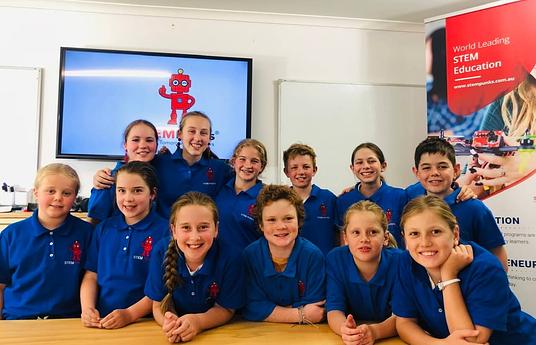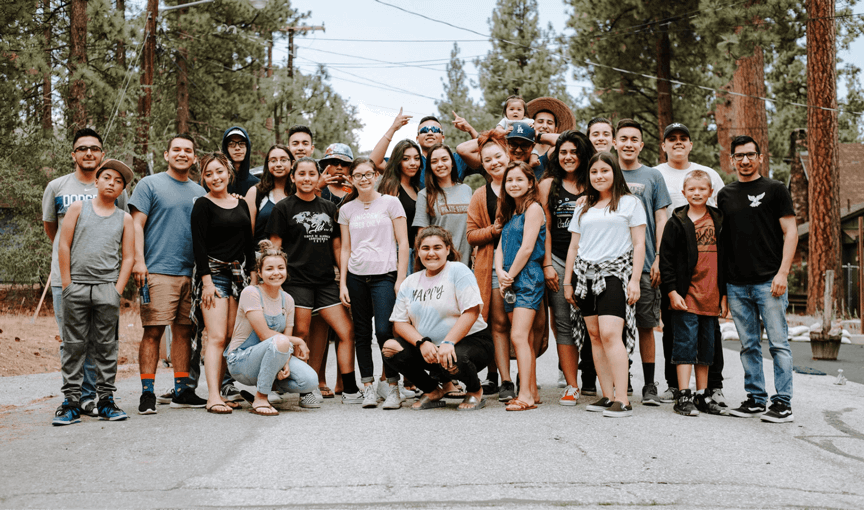We launched the Good Practices in Education Conferences (GPEC) in 2004 to address a long-standing gap in Türkiye’s education system: the lack of participatory, reflective, and practice-oriented spaces for teachers’ professional growth. Traditional professional development in Türkiye tends to be centralized and disconnected from teachers’ professional realities. Teachers are often positioned as passive recipients of content rather than active contributors to educational change.
As the Education Reform Initiative (ERG), an independent think-and-do tank founded in 2003, we believe that teachers are essential actors in shaping quality, inclusive, and equitable education. We created GPEC to recognize, support, and connect educators who are already creating meaningful change in their classrooms and communities. Hundreds of teachers and educational stakeholders apply to share their practices, many of which respond to deeply rooted challenges with creative and context-responsive approaches.
This innovation fosters a culture of peer learning, ethical practice, and collaborative leadership. It supports teacher agency by valuing local knowledge and promoting horizontal learning communities. Over time, GPEC has become a unique, inspiring platform that not only empowers educators but also informs policy and public discourse around education in Türkiye.
The Good Practices in Education Conferences (GPEC) bring together teachers, school leaders, academics, students, and civil society actors to share and celebrate impactful educational practices in a day-long conference. These practices respond to diverse challenges—such as student engagement, inclusion, curriculum adaptation, teacher well-being, and participatory school culture—reflecting the wide range of needs and issues present across different educational contexts. All selected practices go through a rigorous peer-review process based on ethical principles, stakeholder involvement, contextual relevance, and an evidence-informed foundation.
The main conference is hosted regularly in Istanbul, featuring presentations, exhibitions, and thematic sessions. To extend its reach, GPEC has also held in-person workshops and regional events in 43 cities across Türkiye, creating platforms for local dialogue and peer exchange. The innovation published a public digital archive where more than 2,000 good practices are documented, categorized, and made openly accessible to educators, school communities, and policymakers.
Accessibility, inclusion, and ecological responsibility are embedded in the planning and delivery of each event—from venue design to content dissemination—ensuring the conferences are as participatory and sustainable as the practices they showcase. GPEC in practice is an evolving ecosystem of shared learning.
Since its launch in 2004, the Good Practices in Education Conferences (GPEC) have steadily expanded in reach and recognition. Over 13,000 applications have been submitted, and more than 2,000 practices have been selected and shared with the wider education community. The model has gone beyond the main conference through 49 local workshops held across Türkiye, creating spaces for regional participation and dialogue. To date, over 30,000 participants—including teachers, school leaders, researchers, and civil society actors—have engaged with the initiative through its events and platforms.
In 2024, a comprehensive digital archive was launched, making all selected practices openly accessible. Education stakeholders—including policymakers, academics, and civil society organizations—can engage with this platform for research, professional learning, and inspiration to adapt practices to their own contexts.
The growing GPEC community serves as a network of ongoing learning and exchange, enabling knowledge to circulate continuously rather than being confined to one-off events. While its core remains rooted in Türkiye, the initiative is also drawing international interest. For example, the model was presented at the European Educational Leadership Network (ELNE) in 2024, sparking dialogue on how teacher-led practices can inform broader educational transformation.
To ensure continuous improvement, the initiative has evolved through regular feedback from educators and stakeholders. In recent years, special attention has been paid to environmental sustainability and accessibility. Sign language interpretation, inclusive communication strategies, and eco-friendly logistics are now integral to event design. Accessibility training is now provided to all presenters and team members, while local educators help shape themes and content through collaborative planning.
In addition, the criteria for identifying “good practices” are reviewed and updated before each conference cycle, drawing on current educational literature and insights from reviewers and participants. The two-stage evaluation process is also revised periodically to ensure transparency, relevance, and fairness. Regular feedback meetings with reviewers and the selection committee lead to adjustments in forms, rubrics, and workflows.
Finally, the development of a digital archive in 2024 marked a major expansion—enabling asynchronous access to over 2,000 shared practices and extending the reach of the initiative beyond the events themselves.
Begin by visiting the open-access digital archive at egitimekosistemi.org, which features over 2,000 peer-reviewed good practices submitted to the conference since 2004. While the archive content is currently in Turkish, educators around the world can use AI-supported translation tools to explore and adapt the practices in their own languages. The archive offers valuable insights into how educators have addressed real challenges in diverse educational settings across Türkiye.
See below for detailed implementation steps.



